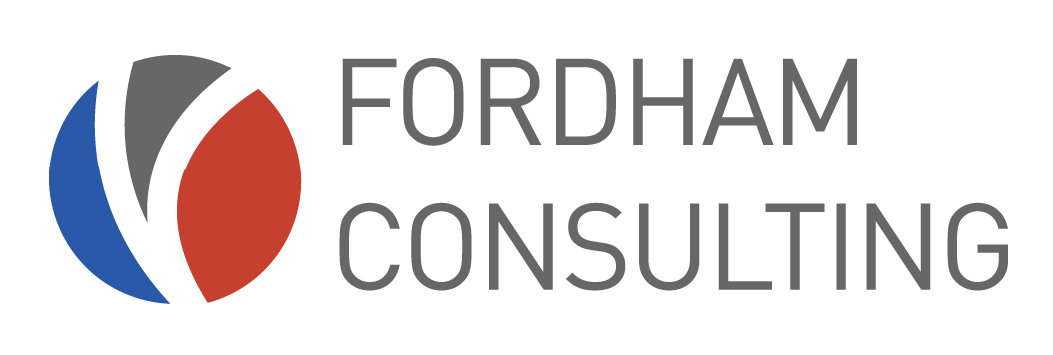Case Studies
Fordham Consulting examines and solves complex business problems through market and company research, organizational analysis, operational assessment, analytics and modeling. Our experience brings a high level of expertise, which is highlighted in our case studies below and includes projects done at previous consulting firms prior to the establishment of Fordham Consulting LLC. We bring information and capabilities needed to predict and inform outcomes that will improve business performance.
Case Study - Railroad Mechanical Department
The Mechanical Department for a Class I railroad was looking to improve performance. Fordham Consulting worked closely with Mechanical management and conducted/managed multiple projects over a three-year period on issues related to strategy, organization, and technology.
Project examples include:
- Conducted initiative to develop Mechanical’s long term strategy. Facilitated five project teams focused on locomotive reliability, locomotive fleet planning/availability, car reliability, car fleet planning/availability, and HR issues. Teams focused on people, assets, processes, technology, materials and performance measures. Resulted in a multi-pronged approach to generate major change in multiple dimensions: (1) leaning and collaborating (process and materials focus); (2) integrating with the enterprise (people/culture focus); (3) making things smarter (business intelligence focus) and (4) shaping the infrastructure (asset focus).
- Evaluated Mechanical’s technology strategy (hardware and software) to improve performance. Benchmarked and did secondary research on a wide range of technology providers, domestic and international as well as inside and outside the rail industry, to identify opportunities to expand technology capabilities. Identified technology strategy, and related projects, to improve safety, service, reliability, and cost.
- Assessed the Mechanical Engineering group. Recommended an organization structure, key focus areas, developmental needs, production floor impact, communications and information systems to deliver the Department’s strategic vision and tactical goals. This resulted in a new Engineering organization with significantly enhanced capabilities.
- Conducted a survey of mechanical employees and internal customers to understand Mechanical’s strengths, weaknesses, and performance improvement opportunities. General focus areas included customer and stakeholder focus, leadership and strategy, alignment and delivering value. For Mechanical-Locomotive and Mechanical-Car, focus areas included performance, people, processes, technology, performance measures, infrastructure, and value delivery improvement. Results were presented to Mechanical management.
- Interviewed Mechanical managers/employees and internal customers. Identified significant opportunities for performance improvement which resulted in major departmental changes.
Case Study – Purchasing Performance for Barge Line
A private equity firm was looking to improve purchasing performance for a barge line they had recently acquired. Key objectives were to: (1) create a best practices based procurement process, (2) provide a tool kit and training to complete the process and (3) implement the process and monitor results.
Approach
We implemented a comprehensive approach to reduce procurement costs:
- Developed a best practices procurement process and trained barge line personnel
- Identified six high priority targets to reduce spending: paint, rope and rigging, lube oil, weld rod/wire, temporary labor, and castings. Total spend was $14 Million.
- Established and facilitated project teams composed of key client personnel in each area
- Conducted market research in each spending category, including interviews with key suppliers to understand market and competitive dynamics
- Developed comprehensive procurement strategies and bid specifications for each of the six areas
- Implemented an RFQ process for single year and multi-year bids
- For temporary labor, conducted a reverse auction process in which vendors competed on-line in a timed process to enhance competition and reduce their bids
Value Added
The procurement process resulted in savings of $1.4 Million in the six cost categories, 10% of total spend. We modeled the best practices procurement process for team members and trained key employees, resulting in a transition of responsibility back to company personnel for a next wave of projects in additional cost categories.
Case Study – Fleet Management Cost Savings
An electric utility company was facing pressures to reduce costs for its large fleet of service vehicles. They requested a review of the company’s $23 Million vehicle budget to identify opportunities to improve efficiency while simultaneously reducing fleet costs.
Approach
We began by performing a comprehensive benchmarking study of nine similar utility fleets. The benchmarking study yielded approximately fifty best practices in multiple areas of fleet management including: repair and maintenance strategies, acquisition and replacement policies, vehicle and equipment specifications, assignment and utilization policies, reimbursement plans, and cost monitoring. Our project team then performed an assessment of the client’s expenditures and targeted areas for improvement based on industry benchmarks and compliance with best practices as compared to the client’s specific needs.
Value Added
After implementing the final recommendations, the client achieved a cumulative total savings of over $1 Million without negatively impacting operation of the fleet.
Case Study - Process Improvement at Mining Facilities
We conducted over a dozen process improvement projects at mining facilities over a five year period using our Home Team approach. The projects focused on improving productivity and performance at mines, processing plants, and rail loadouts.
Approach
We worked with project teams at numerous mine sites. The teams worked with employees to identify issues to be addressed (including operations, maintenance, safety, and other areas), developed facility-specific game plans to improve performance, and implemented those plans. Specific work steps included employee interviews, identification of performance problems, evaluation of alternative strategies to improve performance, development of integrated performance measurement systems (including early warning capabilities to highlight potential performance problems), management/employee training, project implementation, and monitoring of results. Focus of projects was on rapid and sustained performance improvement, including throughput, productivity, operating cost, safety, teamwork and communication.
Value Added
Each project was designed to provide significant value for the client. Examples are shown below:
- The capacity utilization rate at a mine rose 7-9 percentage points to almost 70%
- Plant availability levels at a processing plant rose more than 10 percentage points to above 90%, while plant utilization levels also rose significantly in the same time period
- Average minutes from train arrival to loading at a rail loadout declined 23%
- Average railroad-related delays per train at a rail loadout declined 47%
